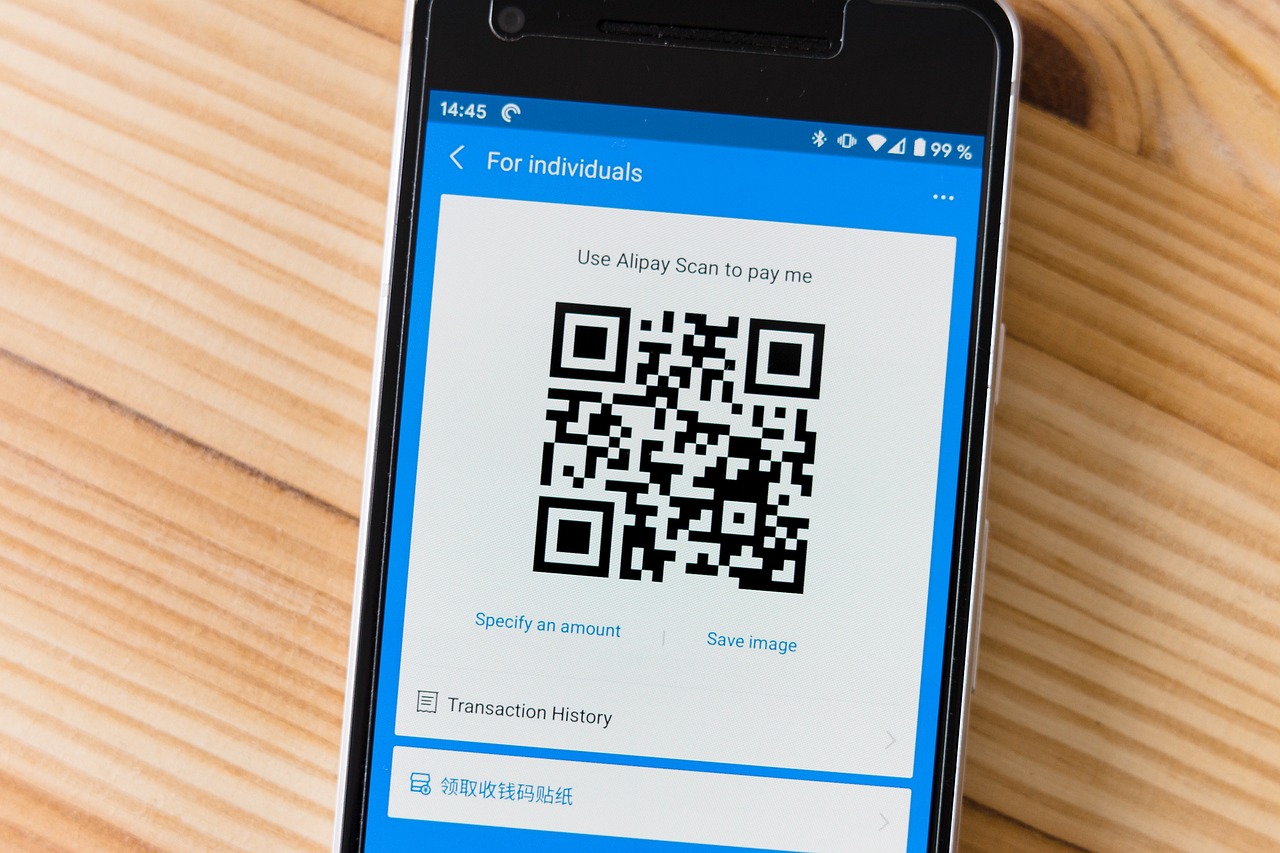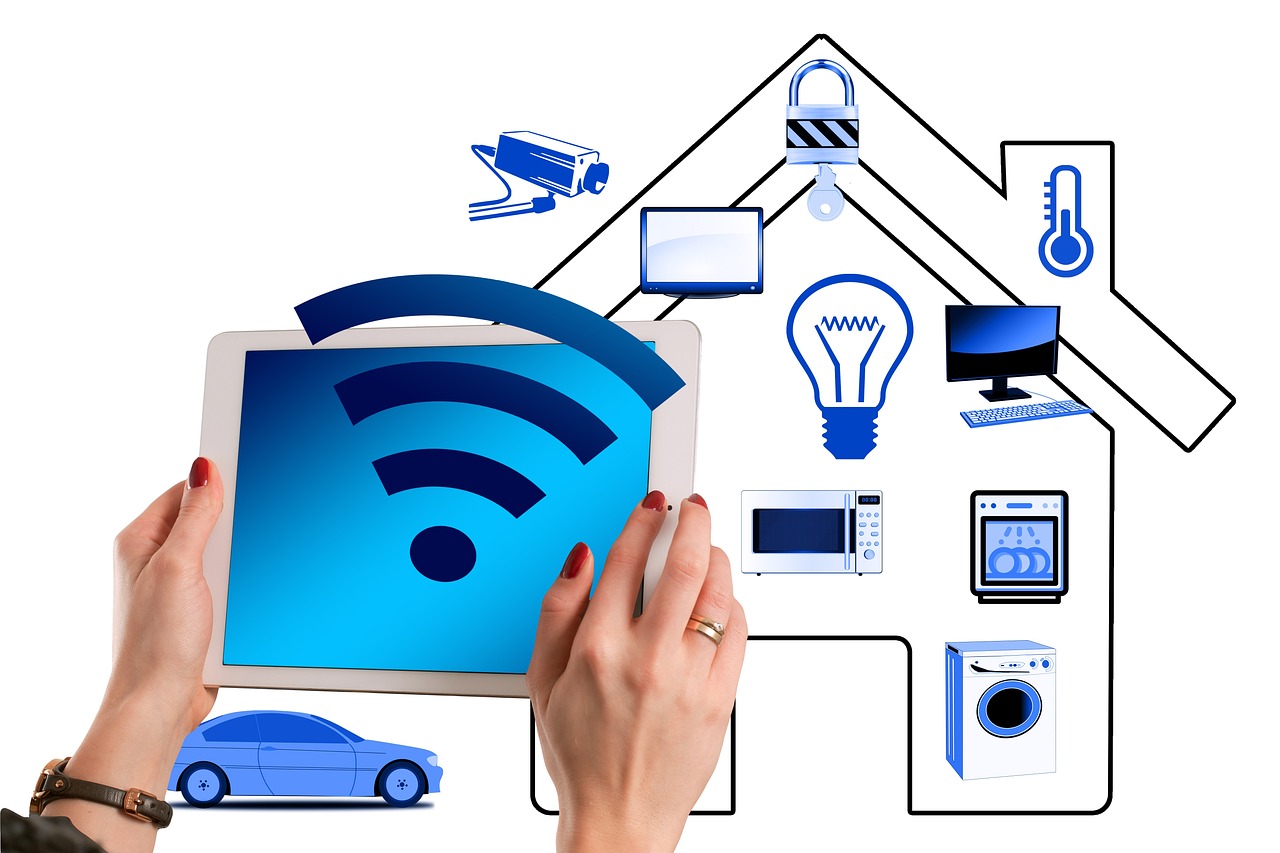
The Advantages of an Industrial Robotic Arm
An industrial robotic arm is a multifunctional device that can automate processes in various industries. Although it is often associated

An industrial robotic arm is a multifunctional device that can automate processes in various industries. Although it is often associated

Wireless Barcode Scanner is a barcode scanner designed specifically for wireless LANs. It can connect to a wireless network via

When we think of electronics, we often imagine the sleek design of a smartphone or the sophisticated software of a

Access control is an essential aspect of premises security. It allows authorized individuals access while keeping unauthorized persons out of

Turbochargers, also known as forced induction systems, are crucial components in today’s high-performance engines. These devices efficiently boost an engine’s

As technology continues to advance, so does its integration into our homes. One example of this is Veego – a

Virtual Reality VR is the latest technology that has taken over London’s entertainment industry, and it’s revolutionizing how people experience

Digital twin software is a rapidly growing technology that is changing the way industries operate. Digital twin technology creates a

Getting an expert opinion has never been easier thanks to the internet. If you have a question about a particular

As the world moves towards faster and more advanced technology, Australia is not one to be left behind. 5G technology